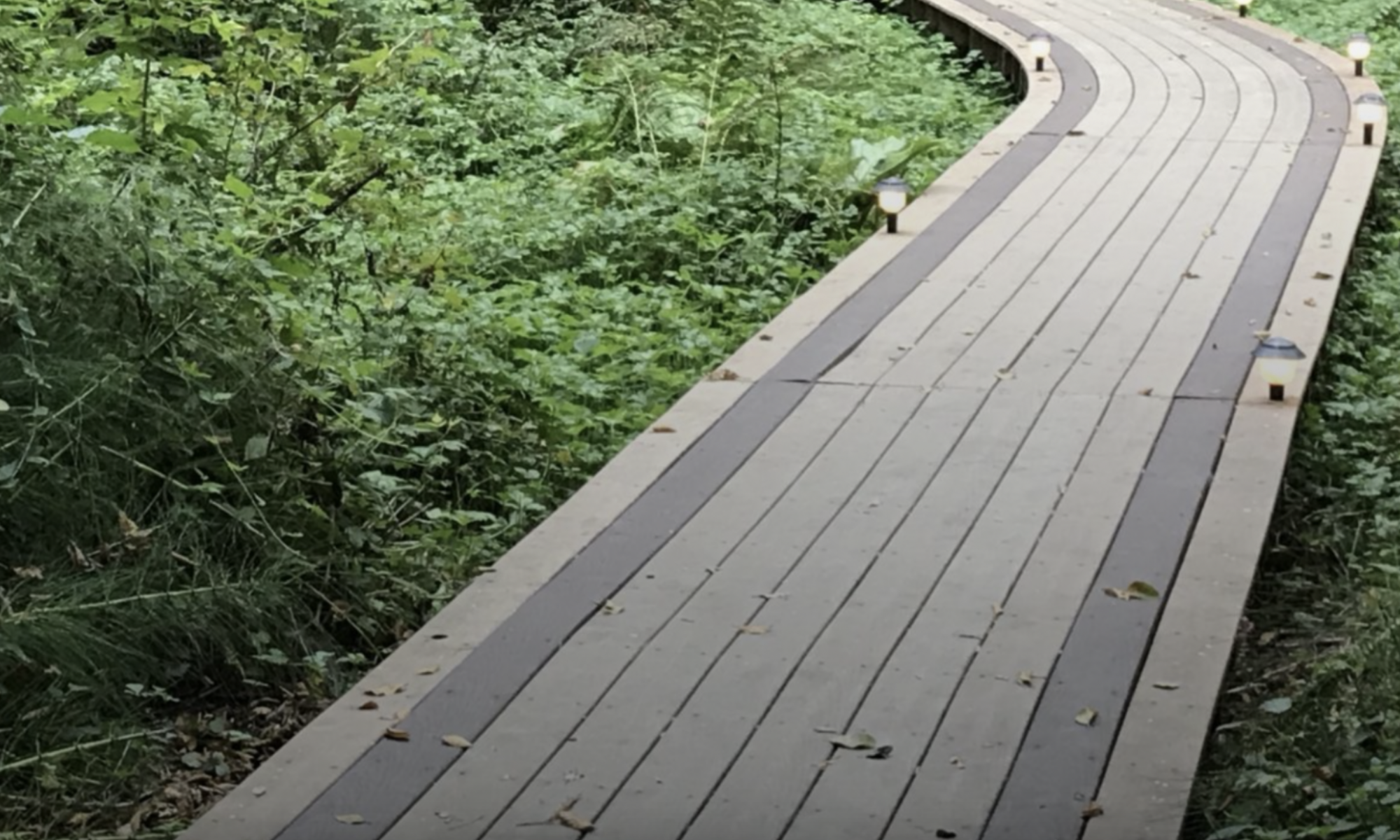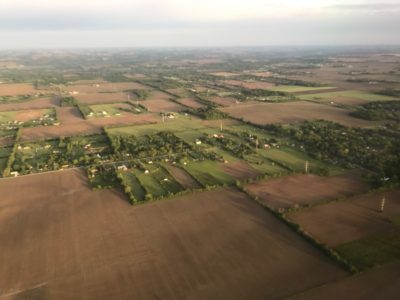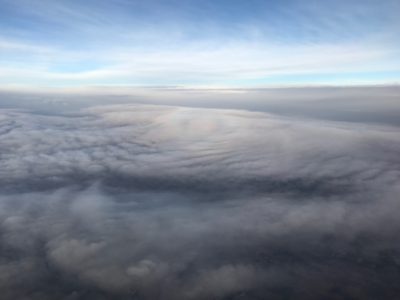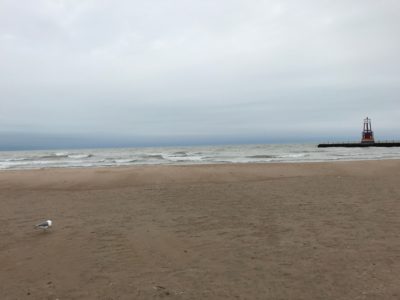Most of us are trying to pay attention to patterns. See the bigger picture. Work from the macro, not just the micro (and let’s face it, sometimes it’s pretty tough to get beyond the insistent and persistent micro).
This has been true for me in my 15 years of working with The Art of Hosting as pattern. Pattern of practice. Pattern of learning. Pattern of teaching and offering. Pattern of inviting. And it was true for me in the 10 years prior to that working with The Berkana Institute on dialogue, change, and the human spirit.
Lately, I’ve been working with a few groups that are really hungry for a holistic form for retreating together and for doing their work and learning together. I’ve been listening to people speak about their edges. They, we, all want a quality of experience together that is a whole lot more than lecturing with good stuff. They want engagement of their brains and their bodies and their spirits and each other.
With all of this going on, I found myself looking for resources that I could send to help shape some of the expectation and some of the overarching narrative.
Knowns of Working in An Art of Hosting Pattern is a piece I wrote in 2009. I remember it all coming to me in a sparky clarity, and “aha.” It was a few words for the “template” of Art of Hosting that each team shapes into more specific choices.
A snip-it is below. The full list of patterns is in the article here.
- we will move deliberately between – energy of the whole and energy of the small group and energy of the individual.
- each day will have a theme
- each day will include a checkin process – (coming present) and a checkout process (seal our time and release us to other spaces)
- we will offer some models, methods and maps to support a world view of participatory leadership –
- there are many ways to inspiration – play, music, meditation, prayer, stillness, dreams, methodologies, art, song, – dance. We use them as inspired.
- we open and diverge so that we can choose how we converge



